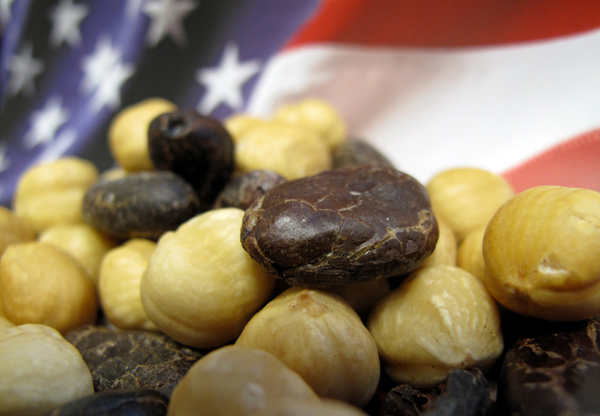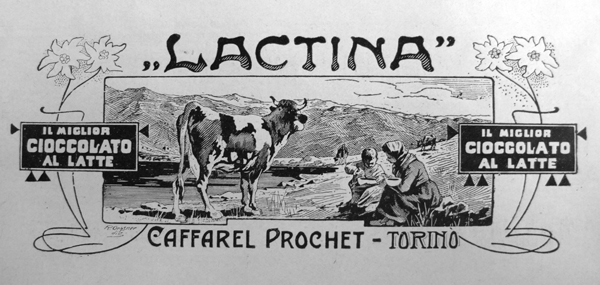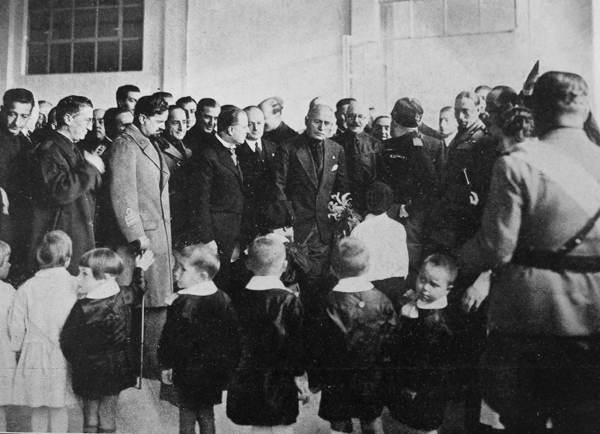
Availability of premium gianduia spreads in the United States has increased dramatically over the past several years, making it much easier to find products of acceptable quality.

Availability of premium gianduia spreads in the United States has increased dramatically over the past several years, making it much easier to find products of acceptable quality.

Gianduiotto options in America are few. Of those commonly available, most are bad.

At present, national and online retailers offer few brands of gianduia to American consumers. Those fortunate enough to live near a good Italian market may have somewhat better options. Though we’ll discuss some of the more common brands shortly, limited and inconsistent availability make it difficult to advise on what to buy. Instead, let’s discuss how to buy (1).

Though we’ve been discussing the earliest gianduiotti, the late-nineteenth and twentieth centuries brought a number of innovations in production, not all of them bad.

Most efforts to historically contextualize gianduia focus solely on the era of its presumed invention in the mid-1860s. However, as we’ve seen, many components of the gianduia myth first arose in the 1930s, through Cagliano’s article in Il Dolce (1932), Succ. Caffarel Prochet & Co.’s “Gianduia 1865” marketing campaign (1936), and the booklet Il Cioccolato ed il Suo Valore Alimentare (1933). The 1930s witnessed a confluence of factors favorable to increased prominence and production of gianduia—a perfect storm, with Benito Mussolini at the eye.